Spectrum Awards 2020-A Virtual Celebration
For the health and safety of our community, it was with great sadness that the Spectrum Fantastic Art Live event and awards ceremony was cancelled last month.
The first time we attended a Spectrum Awards ceremony (way back at Spectrum 21), we were blown away by the whole weekend. The event was so focused on acknowledging artists’ contributions. It felt like the Oscars for Fantastic Art, with the nominees’ artwork projected on an enormous screen, icons and legends in the field presenting the categories and acceptance speeches that made us laugh, touched our hearts and reminded us what a gift it is to live life as an artist. We fell madly in love with the entire community – they were like the cool family down the street that were always doing something awesome together… and had pizza for dinner every Saturday.
So… the unfortunate cancellation left many of us disappointed. But! Not to worry – enter the dynamic duo… hmm, okay, the dynamic trio. Lauren Panepinto, Marc Scheff and Dan Dos Santos stepped in to create the first ever virtual Spectrum Awards event. Requiring extraordinary coordination and innovation, the event was live streamed on Crowdcast with Marc the tech genius patching in presenters and award winners via Skype (and, of course, Rick Rolling us all once or twice).
Close to 500 people from around the world tuned in on a Saturday night to applaud artists from many countries accepting their awards. This may have been the first time ever that all the award nominees were able to “attend” the ceremony. Being able to get together again with our art family for an evening enlivened our creative spirits. Kudos and huge gratitude to Lauren, Marc and Dan for so successfully creating this wonderful night.
The Muse Award
This evening also saw the debut of a new award category – The Spectrum Muse Award, which we were honored to present.
“Poeisis” is the bringing into being, or the birth of something previously unknown. For the Muse Award, we are looking for an artist with a distinctively unique voice – one that announces itself with incomparable clarity. This artist is not only creating artworks that are new and inspiring to our eyes, but they are also powerfully bringing themselves—who they are in the community and in the world—into being. They may be contributing to the community in new and exciting ways, or completely reinventing who they are to fulfill their creative calling.
How a Bronze Comes into Being
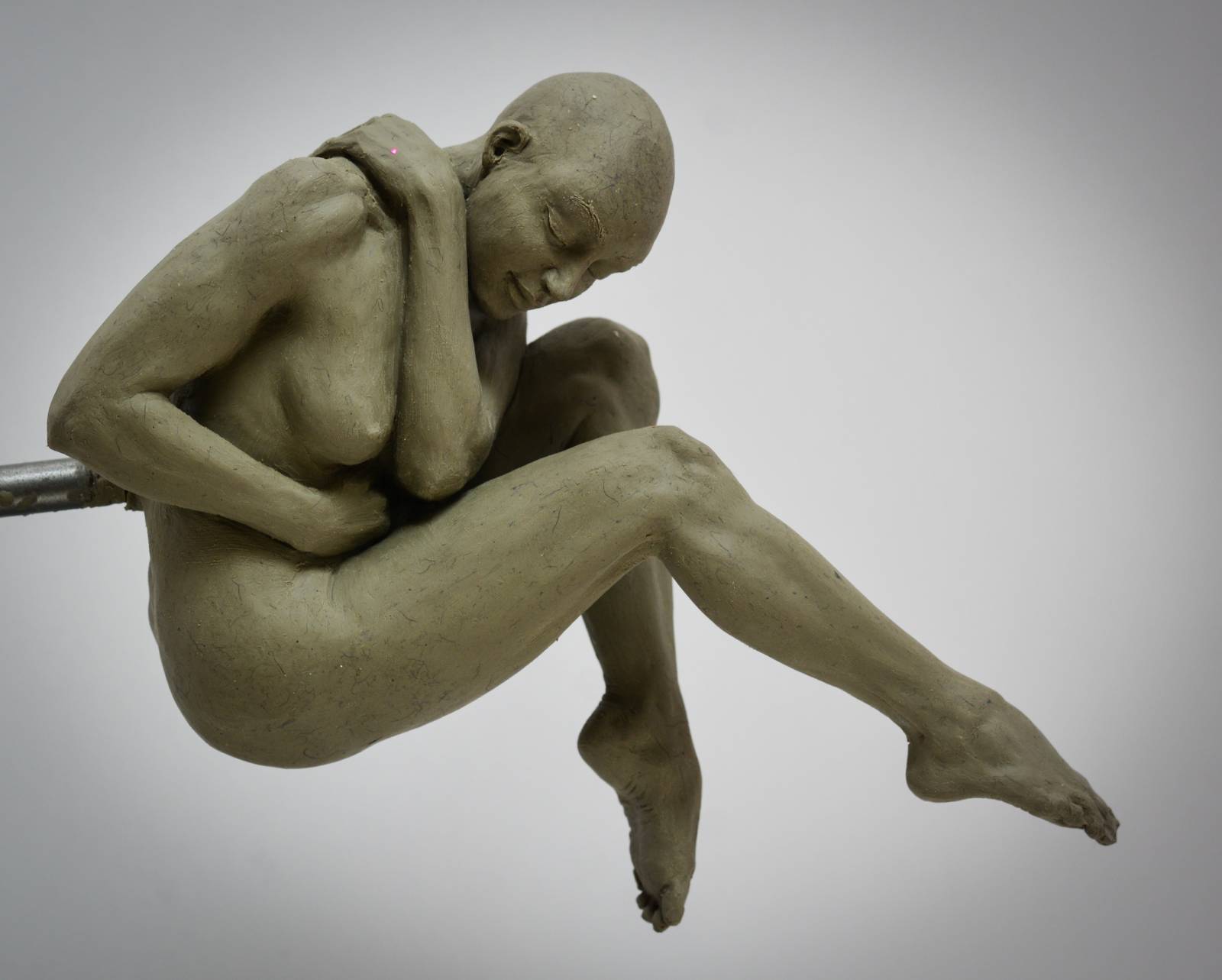
The original sculpture can be created with just about any material – clay, wax, wood, plaster, Sculpey… In this case, the original was sculpted with oil-based clay (Chavant’s Le Beau Touché) over a metal armature.
The Mold
I made a silicone “dump mold” – the material expense is greater, but the labor expense is significantly less. As the name would suggest, I built walls around the original, dumped silicone in, let it cure and then cut the mold apart using a scalpel.
I removed the figure’s right leg and head and molded them separately. This prevents the mold from “locking” wherein the silicone gets trapped between parts of the wax cast.
Wax Pouring
We use foundry reclaimed brown micro-crystalline wax. I warm the mold with a heat gun to help prevent surface bubbles. Next, I brush in a print coat at around 230º F – 245º F to capture surface details and textures. Then I add cooled, thickened wax on all the “high parts” (as viewed from the inside of the sculpture – they will actually be the low points and crevices in the final bronze). Any parts that extend out will be abraded by the wax slushing in the next step and will result in a thin area. My goal is to have the entire wax cast be a consistent 3/16” thickness.
I secure the mold together with rubber bands, then pour in cooler wax (180º F). As I roll and “slush” the wax in the mold, it coats the interior to the ideal thickness.
Wax Dressing
Once the wax cools completely, I remove it from the mold. The next step is to “dress” or “chase” the wax – using heated metal tools to blend the seams from the mold, re-sculpt details and fix imperfections (such as in this case where one ear failed to cast, which means I have to rebuild and re-sculpt that portion of the sculpture). I attach the head and leg, melting the wax on both sides of the join, and then filling the void with additional wax.
For the horns, I use a jewelry process called wax injection. This method is most effective for very tiny, detailed works (like jewelry). Through experimentation, we’ve found methods to successfully inject larger objects. The horns are dressed and fitted to the head, then attached in the same way as seen earlier. The process for the rock base is the same.
Foundry – Shell and Bronze Pour
The waxes are then sent to the foundry where wax conduits are added which will create a space for the molten bronze to flow through. This entire construction – the wax cast and the plumbing – are encased in a ceramic shell at the foundry, which forms another sort of mold.
The wax cast has had openings cut into it which allows the ceramic shell to cover the inside of the cavity as well as the outside – this is how bronzes end up being hollow. All bronzes, other than very tiny ones, are hollow. Even enormous monuments are just a skin of 3/16” thick bronze supported by an interior metal armature.
The ceramic shell with the wax encased inside is put in a kiln and heated up. The wax melts out leaving a void into which molten bronze is poured. Voila! The shell is removed with pneumatic tools leaving the raw bronze parts.
Metal Chasing
The bronze parts are welded back together. Using a rotary tool, carbide grinding bits, sand paper and wire wheels, we “chase” the bronze. Similar to the wax chasing, we blend the welded areas, re-sculpt details that were lost, repair imperfections and make it look as perfectly like the original sculpture as we can. Sandblast, check for any missed areas and *whew!* finally ready for the patina.
The Patina
Bronze has copper in it which reacts with heat and patina chemicals to create colors. Contemporary patinas can involve pigments too, but traditional finishes are based on combinations of a few chemicals.
Colin used liver of sulfur to create a dark base, which pools in the crevices and emphasizes details, then used a scotch brite tool to bring the metal highlights out. The sculpture is heated and chemicals are layered on, beginning with cupric, which creates the classic green oxidation. Ferric warms up the feet, legs and shoulders and bismuth and titanium highlight other areas. Black iron oxide gives a darker accent to the horns.
The sculpture is cooled completely, then waxed to preserve the coloration. All bronze will change color over time, especially if it is being handled or left outside, but this can be mitigated to some degree by re-waxing every so often. And now…
The 2020 Spectrum Muse Award Finalists
The depth of talent in this field makes it a very difficult task to pick only three artists to recognize. Based on the nominations and many lengthy conversations around the numerous artists’ work we were honored to review, the 2020 Finalists are:
Erin Vest
Irina Nordsol Kuzmina
And this year’s winner of the Muse Award is
Alex Dos Diaz
“I feel I have won the day when I get to spend my first few hours making the things I love. It’s just me and my thoughts and what I want to put down.”
Alex Dos Diaz’s days begin early. He makes a point of getting up a couple hours before he needs to so he can start off with creating the imagery that most inspires him.
Originally from Uruguay, Alex traces the graphic elements of his work back to inspiration from the Japanese Animation that he poured over as a child. These early influences merged with a love for Art Nouveau and the Baroque, plus artists such as Mucha and Bernini that he discovered in art history class. “I love anything with flow and intricate detail. In my work, I want to take these influences and elevate them into something that is truly my own.”
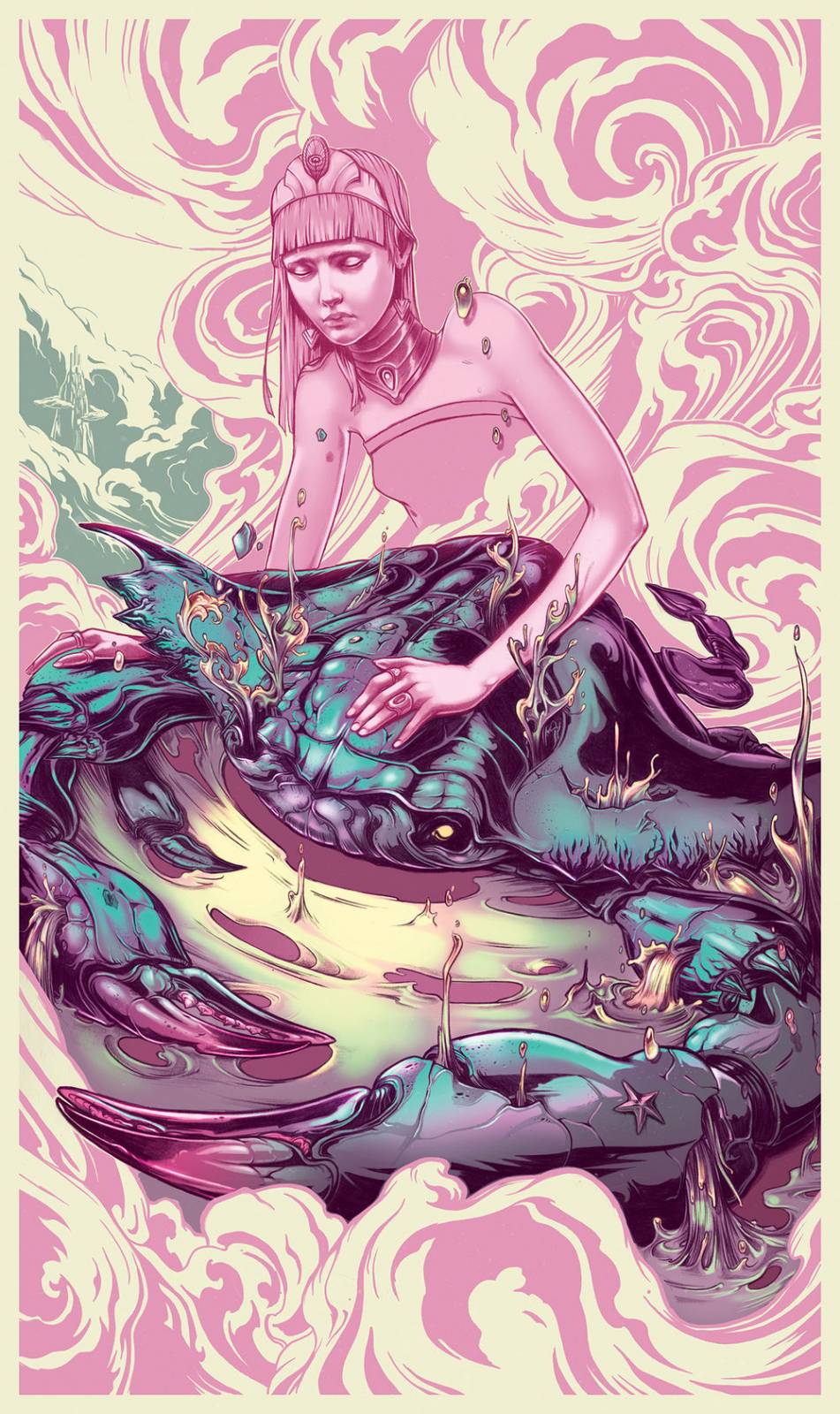
Alex’s ultimate goal is to be able to spend his days exclusively creating his own work. “I just know I don’t see myself doing anything else. I’ve done a lot of other jobs, played sports – I love those things, but I really love making this work and having someone else see it and respond. I’m grateful to have found a thing that I love to do everyday.”
As is appropriate to the nature of this award, Alex’s work speaks so powerfully on its own that I am not going to add anything else, but simply join you in enjoying the visual treat of the creations of Alex Dos Diaz:
Congratulations to all our 2020 Finalists!
Keep creating!


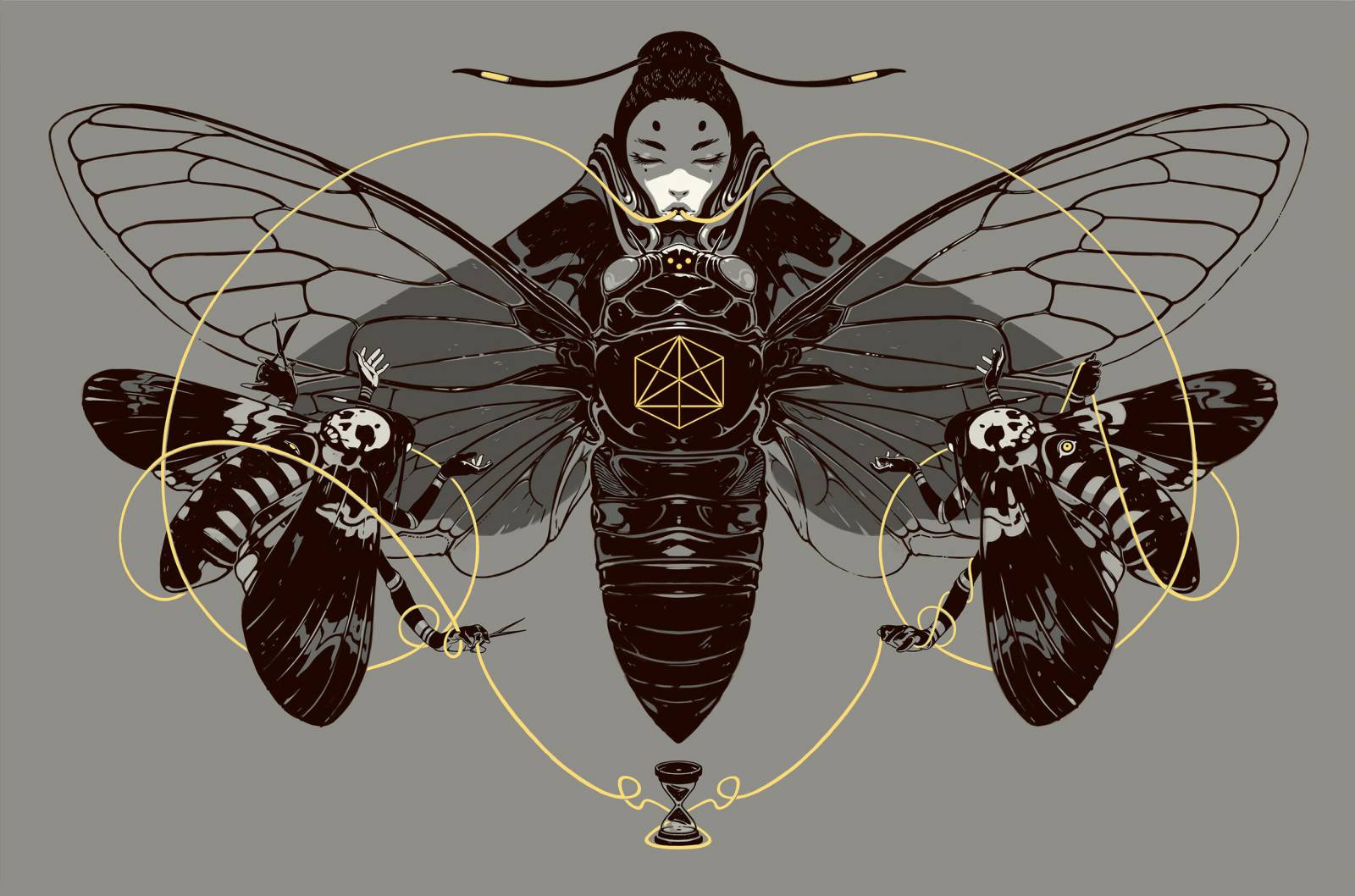
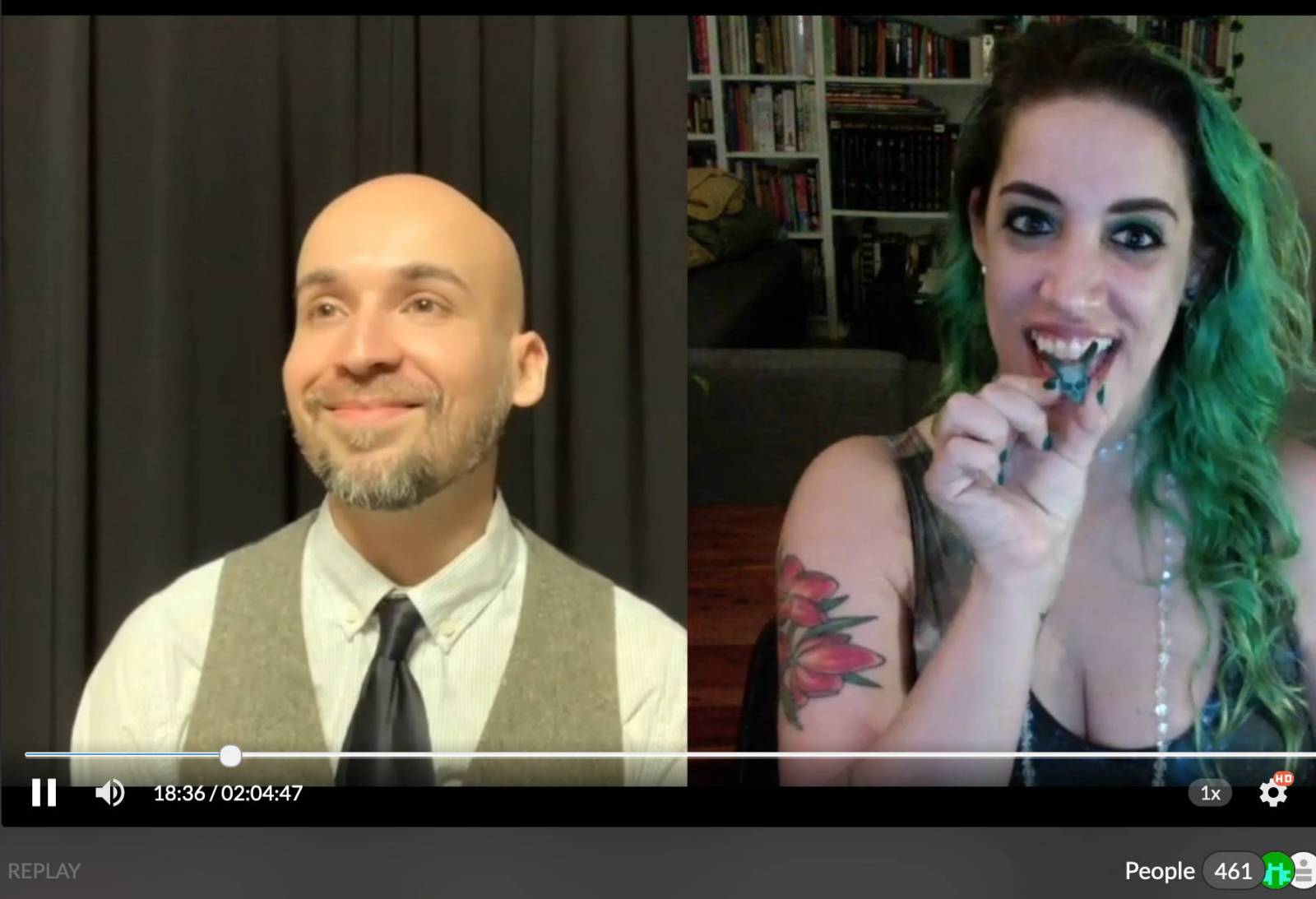
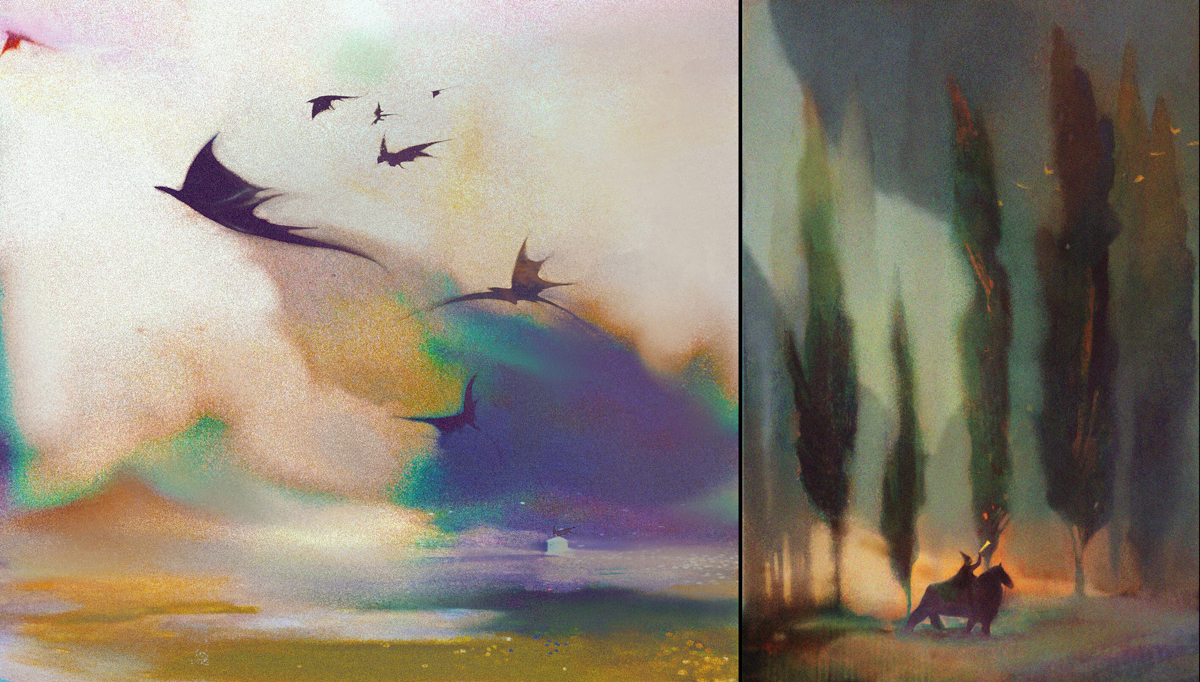
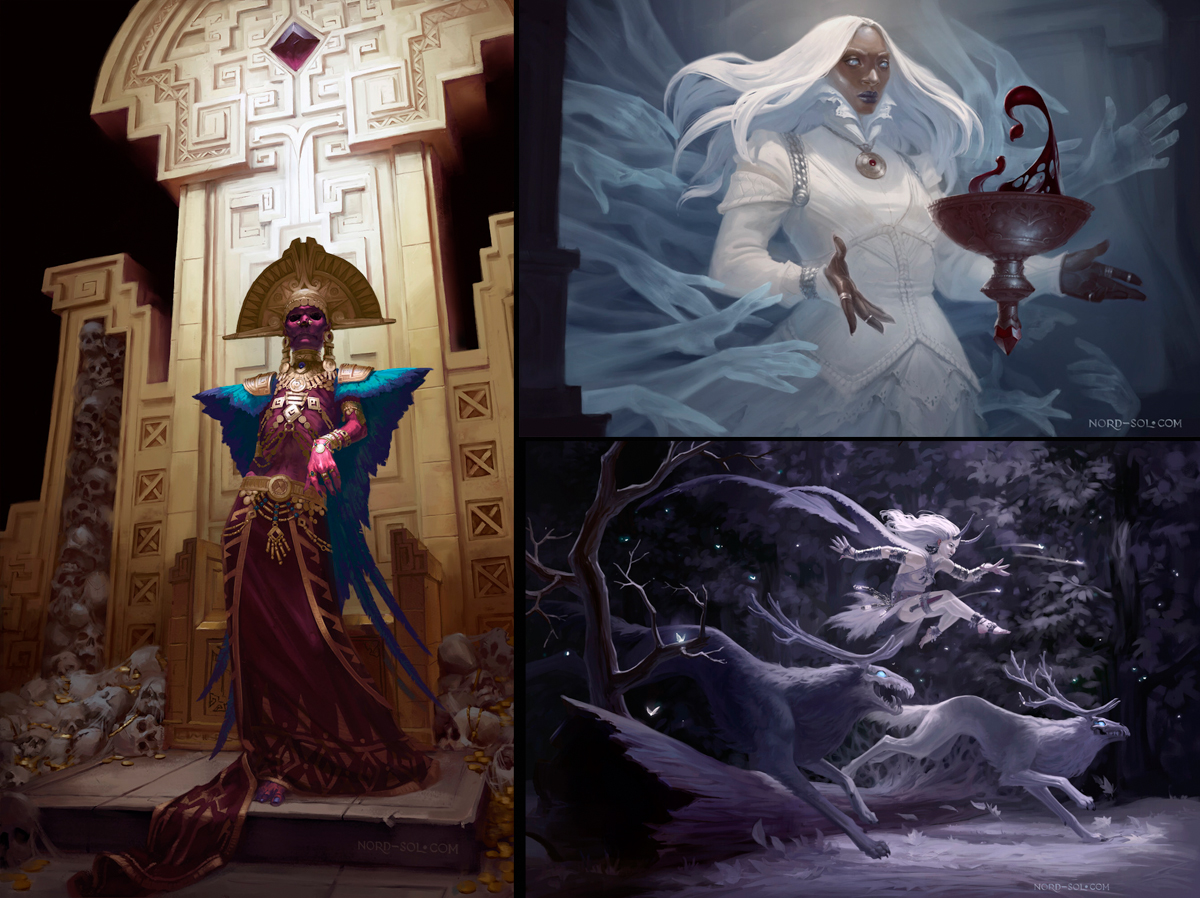
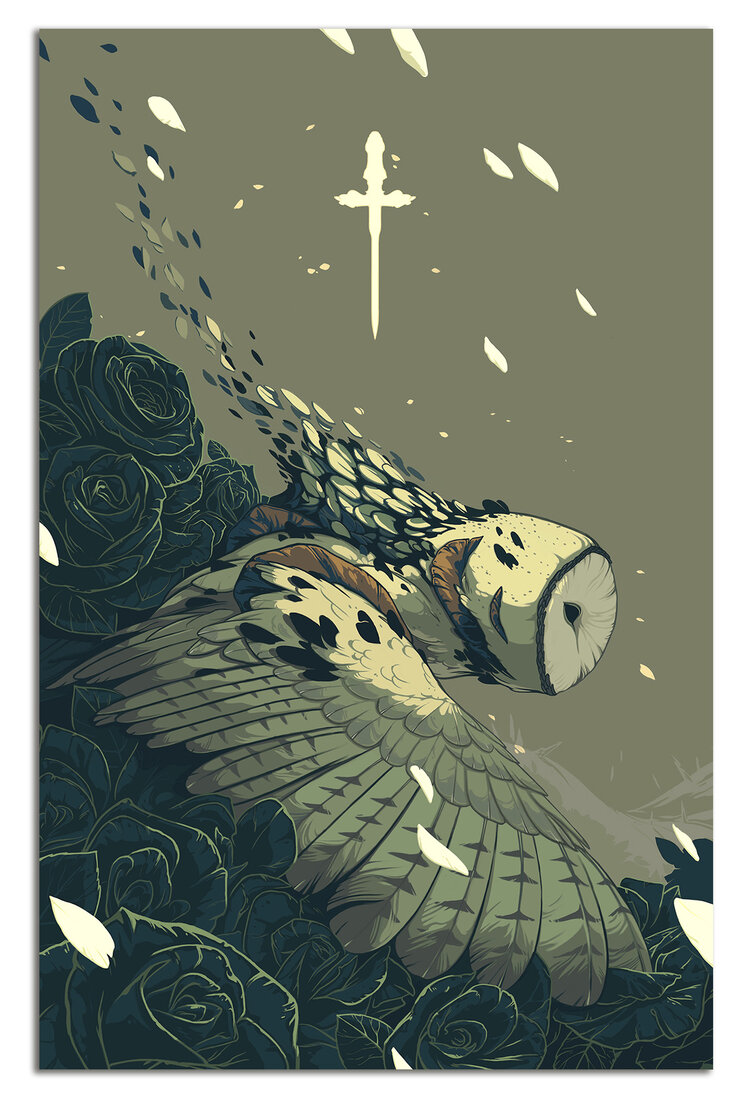

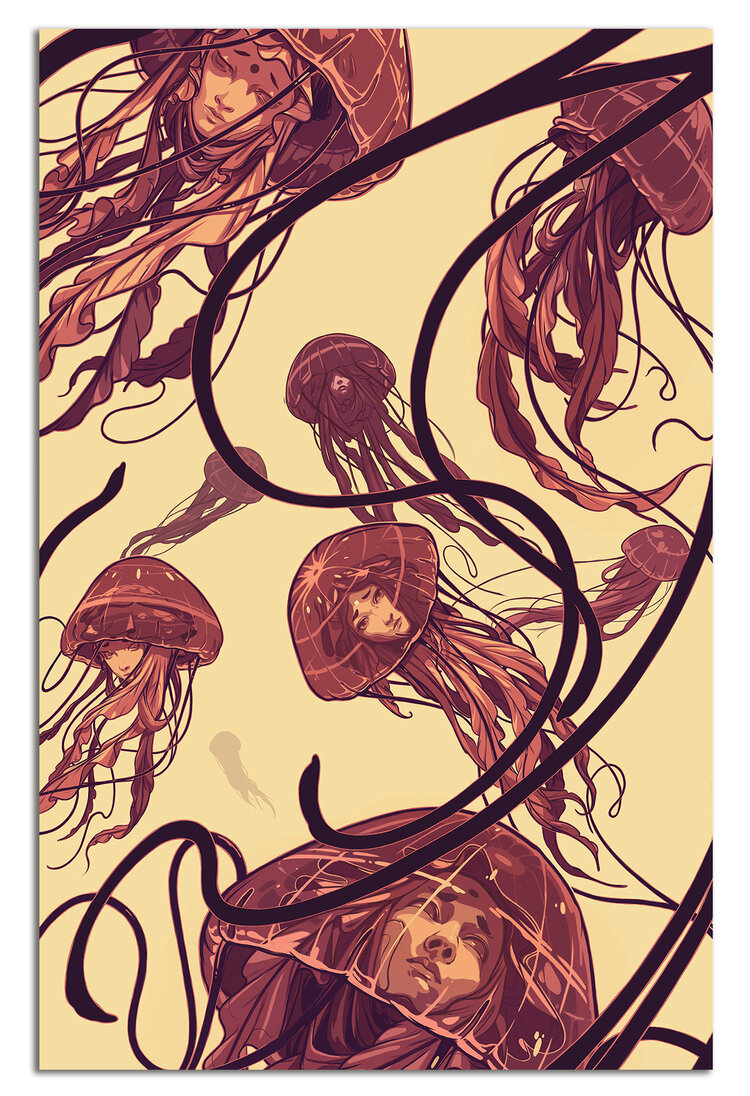
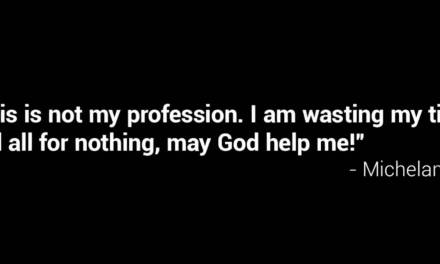
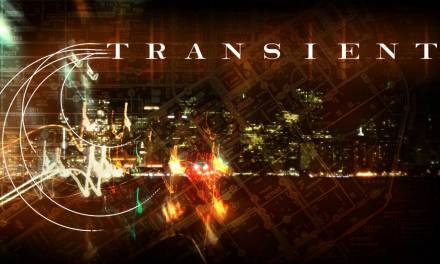
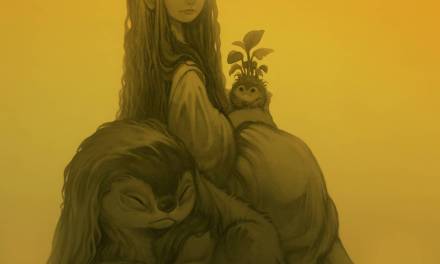
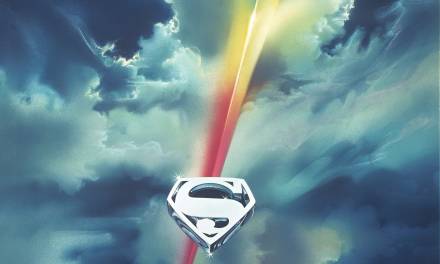
Recent Comments